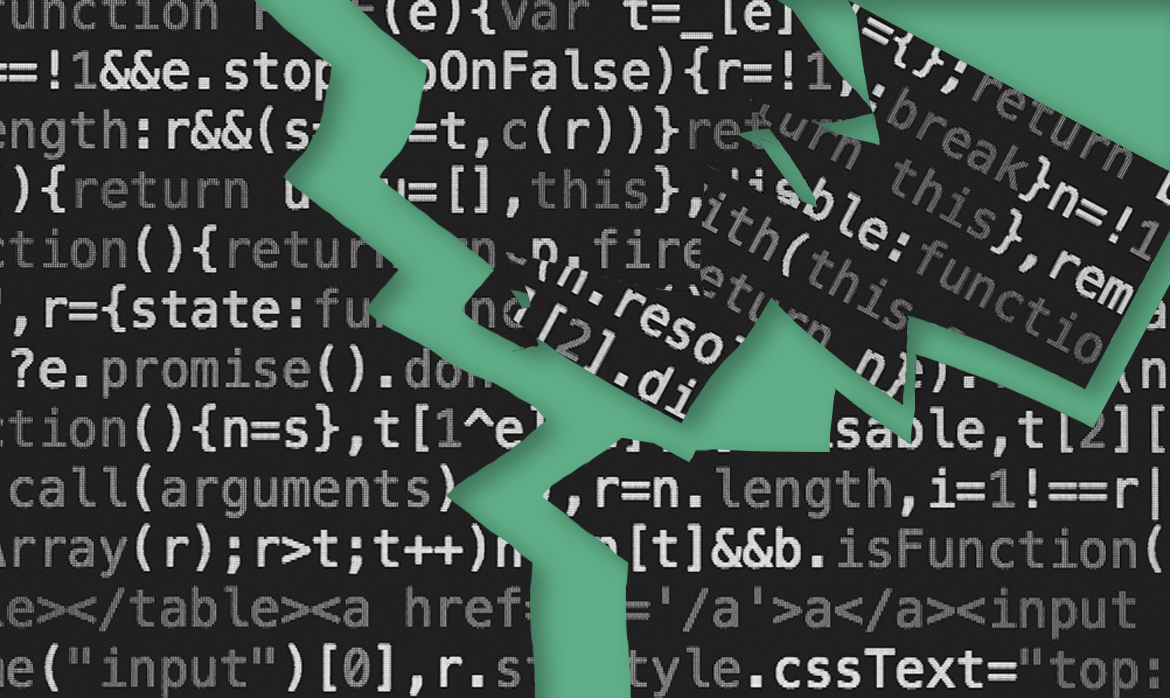Managing a multitude of tasks and requests is a daily challenge. To ensure that the most critical issues are addressed promptly and efficiently, IT teams often rely on a system of ticket prioritization. By categorizing tasks based on their urgency and impact, businesses can optimize their workflow and allocate resources effectively. In this article, we’ll explore the four key ticket priority levels: Low, Normal, High, and Critical. Understanding how to define and apply these priorities will help IT teams get more done while maintaining a focus on what matters most.
Low Priority
Tasks categorized as Low Priority are those that have minimal immediate impact on operations. These may include minor software glitches, cosmetic issues, or non-urgent requests for information. While Low Priority tasks don’t demand immediate attention, they still hold importance in the long run and should not be entirely overlooked. Efficiently addressing Low Priority tasks helps maintain a steady streamlining of IT operations.
Key Characteristics of Low Priority Tickets:
- Minimal impact on operations or end-users.
- Long-term importance for system stability and user satisfaction.
- Suitable for handling during periods of lower workload or downtime.
Normal Priority
Normal Priority tasks encompass a wide range of issues that need attention without causing major disruptions. These tasks could involve resolving technical problems for individual users, providing support for standard software, or addressing hardware maintenance. Balancing urgency and resource allocation is key when dealing with Normal Priority tasks, ensuring that they receive attention without overshadowing more critical matters.
Key Characteristics of Normal Priority Tickets:
- Moderate impact on operations or user productivity.
- Typically require prompt attention but can be scheduled appropriately.
- Addressing Normal Priority tasks maintains a balance between ongoing operations and critical needs.
High Priority
High Priority tasks are characterized by their urgency and potential to disrupt business operations if left unresolved. These tasks demand immediate attention to prevent escalation and minimize downtime. High Priority tickets often involve critical software issues, network outages, or hardware failures that affect a significant portion of users. The timely resolution of High Priority tasks is essential for maintaining a seamless workflow.
Key Characteristics of High Priority Tickets:
- Significant impact on operations, user productivity, or system integrity.
- Require immediate action to prevent or mitigate disruptions.
- Allocating resources promptly to High Priority tasks helps prevent further complications.
Critical Priority
At the top of the priority hierarchy, Critical Priority tasks demand an urgent and immediate response. These issues have the potential to bring operations to a standstill, affecting a large number of users or critical systems. Critical Priority tickets include severe security breaches, widespread network failures, or major infrastructure issues. Addressing Critical Priority tasks is paramount to minimizing damage and restoring normal operations swiftly.
Key Characteristics of Critical Priority Tickets:
- Severe impact on business continuity, data security, or user safety.
- Require immediate mobilization of resources and a comprehensive response.
- Rapid resolution of Critical Priority tasks is essential to minimize downtime and its associated costs.
Defining IT ticket priorities is a strategic approach to managing the diverse demands placed on IT teams. By categorizing tasks into priority levels—Low, Normal, High, and Critical—businesses can optimize resource allocation, streamline workflow, and ensure that urgent issues are promptly addressed. Effective ticket prioritization not only enhances efficiency but also contributes to improved user satisfaction and overall business performance.
Balancing the allocation of time, expertise, and resources based on ticket priorities empowers IT teams to navigate the complex landscape of technology challenges with precision. Whether it’s resolving minor glitches, maintaining system stability, addressing urgent disruptions, or tackling critical emergencies, the art of ticket prioritization enables IT professionals to rise to the occasion and get more done in the ever-evolving world of IT support.

